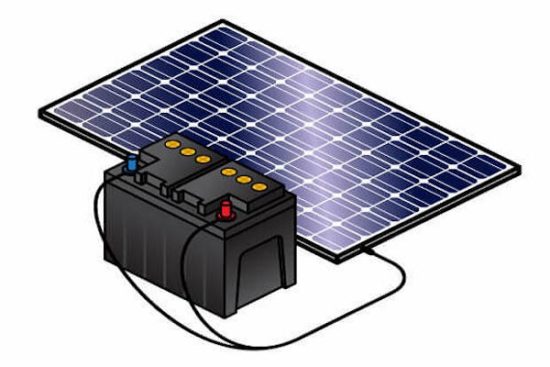- Course No E – 1548
- PDH Units 3.00
No data found for Custom Course Number
No data found for Custom Course Units
- Course No E – 1548
- PDH Units 3.00
Intended Audience: electric systems engineers/planners, and storage system vendors
PDH UNITS: 3
This online engineering PDH course discusses advantages to the electric grid that are gained through using electricity storage systems to supplement electrical generation systems. One example of an advantage is time-shifting, the purchase of electric energy when prices are low, and then storing it and using or selling the energy later when prices are high. Another example, possible only under certain grid conditions, is using energy storage to reduce the need to buy new central station generating capacity. A third example is using energy storage for grid regulation, that is, the damping of momentary differences caused by fluctuations in generation and loads. In general, the rapid-response characteristic (i.e., fast ramp rate) of most storage systems makes them especially valuable as a regulation resource. The course discusses a total of fourteen such advantages provided by an electricity storage capability, including ancillary services, grid system services and functional uses, end user/utility customer functional services, and renewables integration. This course is based on Chapter 1, “Electricity Storage Services and Benefits” of the “DOE/EPRI Electricity Storage Handbook in Collaboration with NRECA,” February 2015.
Learning Objectives
At the successful conclusion of this course, you’ll be able to identify and discuss:- Bulk energy services
- Ancillary services such as regulation, spinning and non-spinning reserves, and voltage support
- Transmission upgrade deferral and congestion relief
- Distribution infrastructure services
- Power quality, reliability, and retail energy time-shift
- Stacked services
Once completed, your order and certificate of completion will be available in your profile when you’re logged in to the site.









